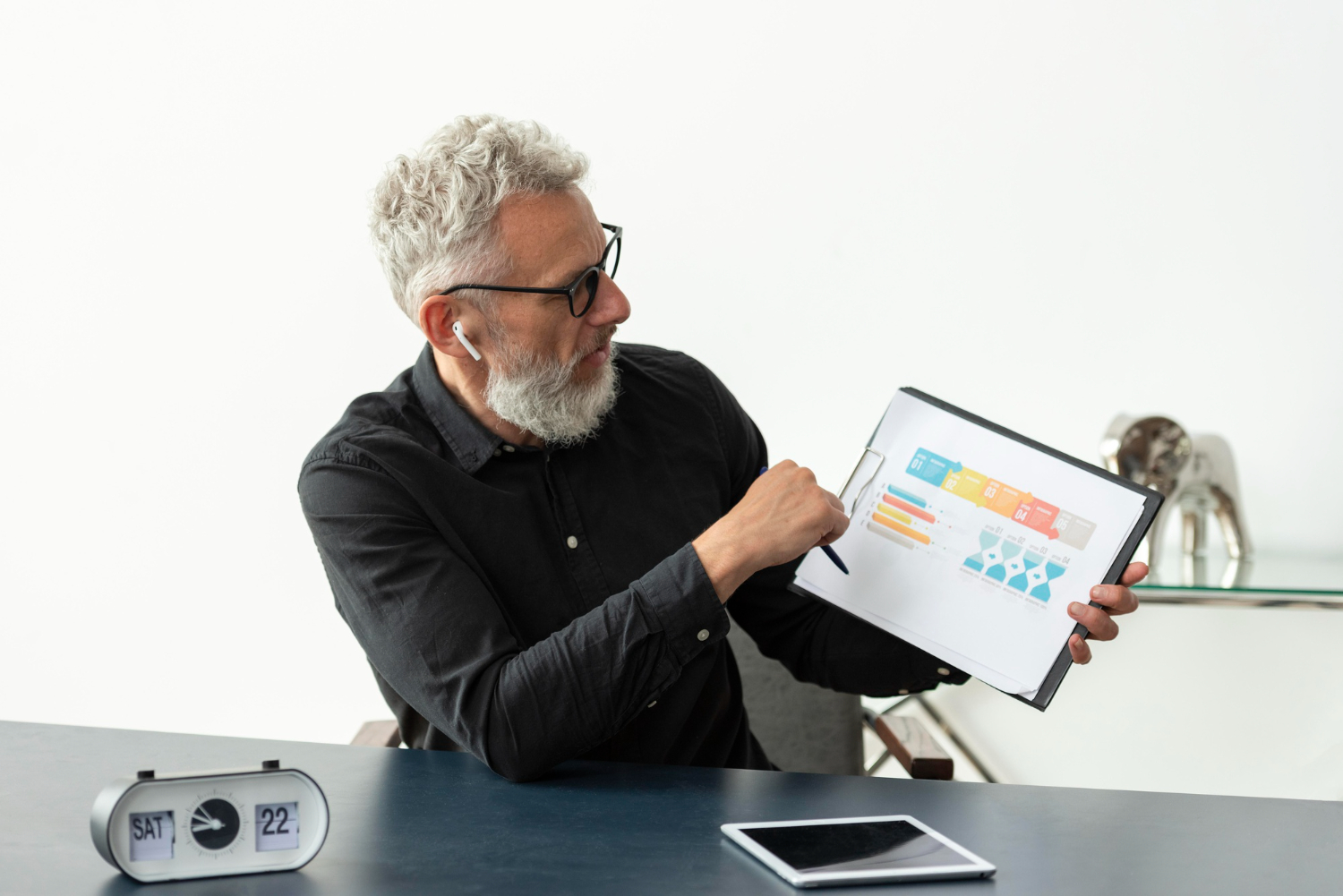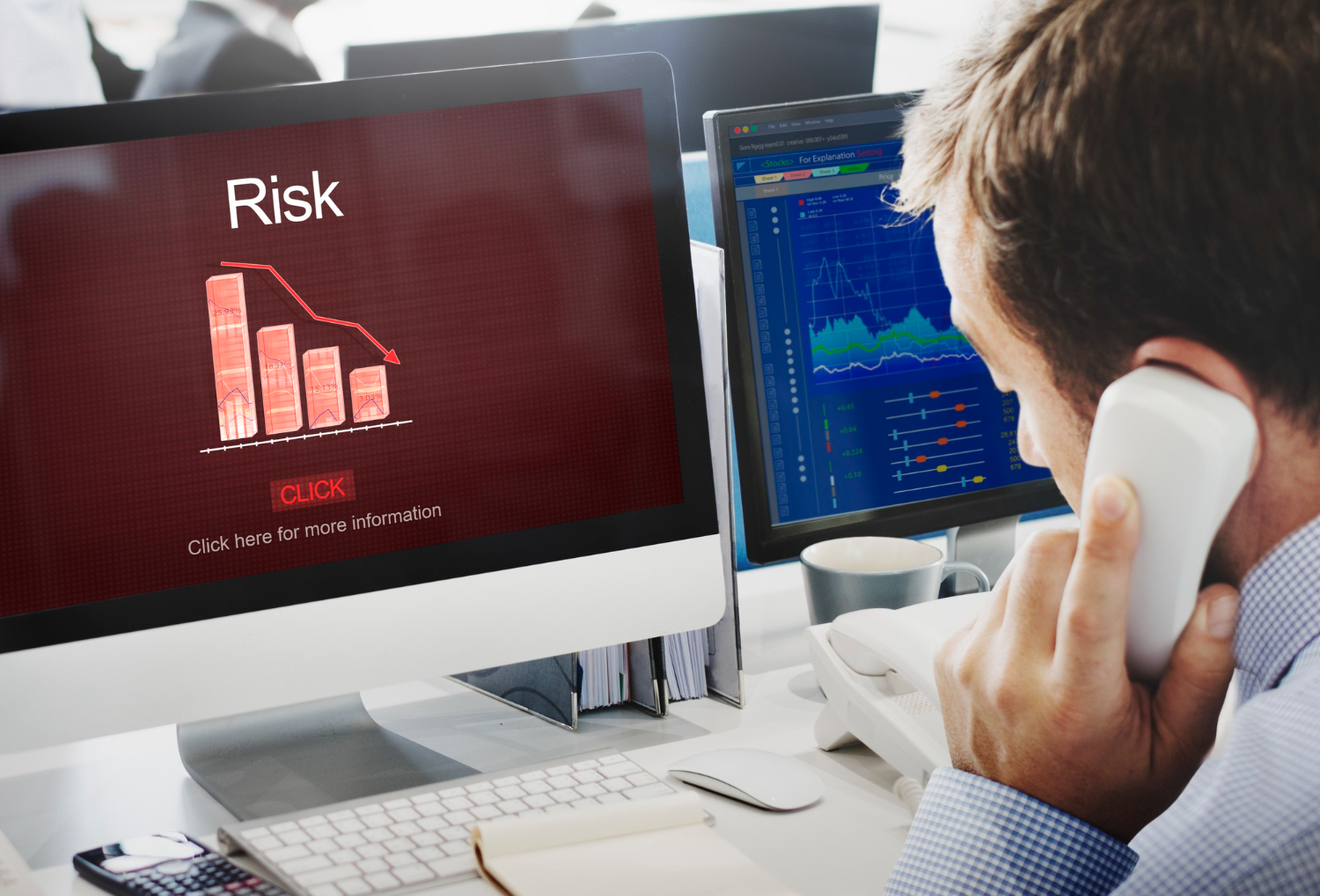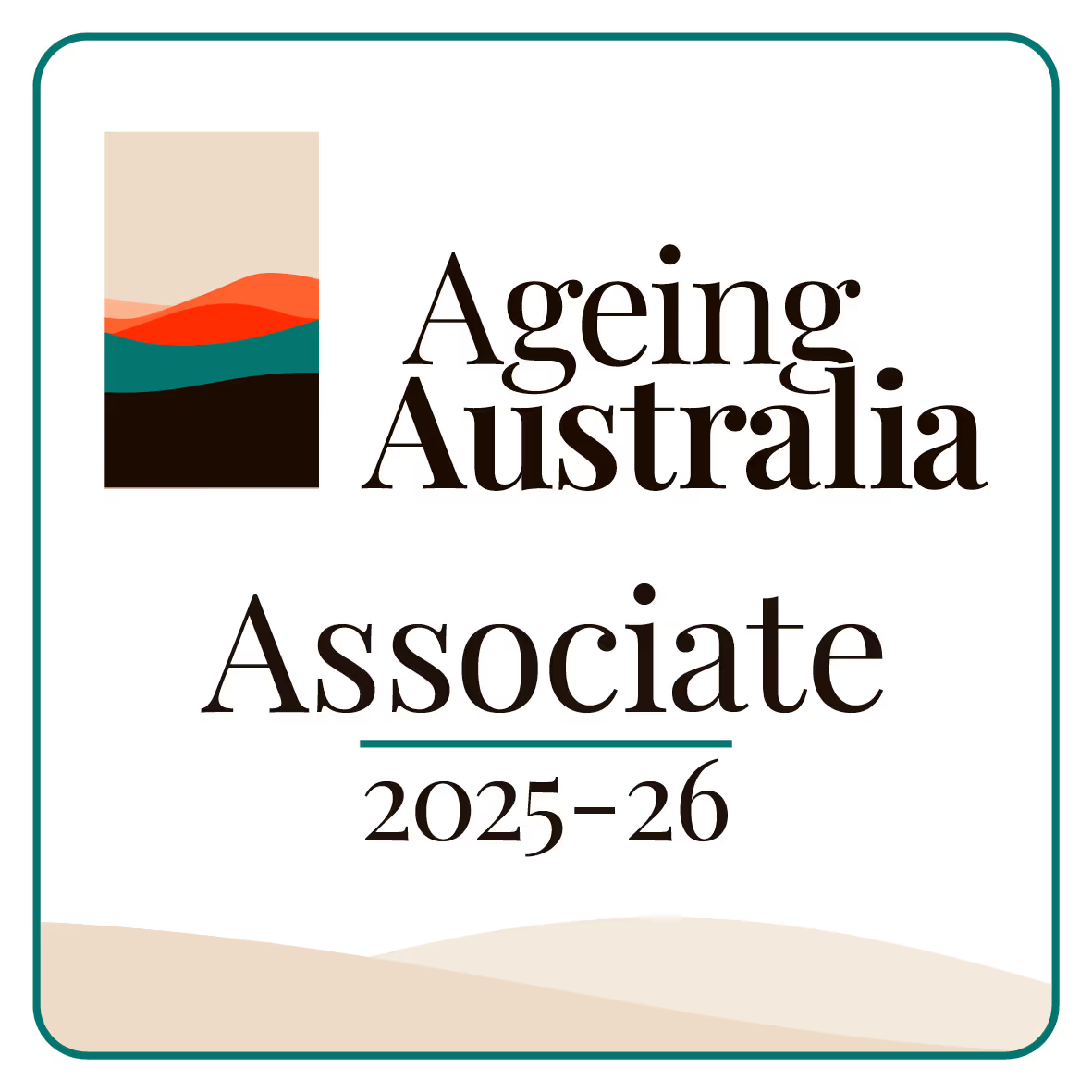You know that aged care is not just about helping with daily tasks or managing medication. It is about keeping people safe, spotting problems before they happen, and acting quickly when things go wrong. That is where your aged care risk dashboard comes in. It is your digital co-pilot—quietly watching the moving parts of your facility so nothing slips through the cracks.
But not all dashboards are created equal. Some are helpful, others feel like trying to read tea leaves. So, what should you actually look for?
Let us walk through it together, step by step.
The Purpose of a Risk Dashboard
Before we get into the bells and whistles, let us talk about why you need one in the first place.
An aged care risk dashboard helps you keep an eye on everything that could cause harm—whether that is a wet floor in the dining room, a faulty kettle in the kitchenette, or a medication error during the night shift. Instead of flipping through paper reports or trying to remember yesterday’s handover, you get a bird’s-eye view of what is going on right now.
Think of it like the dashboard of a car. You want to know if the engine light is on, if the tank is low, or if you are speeding into danger. That is what a risk dashboard does for your aged care facility.
Start with Real-Time Risk Monitoring
Real-time risk means just that: the ability to see problems as they happen.
No one wants to hear about a fall from yesterday. You want to catch it as it happens—or better yet, prevent it altogether. A good dashboard will alert you the moment a staff member logs an incident, reports a hazard, or flags a concern.
Look for:
- Live updates from mobile devices
- Colour-coded alerts that show what needs urgent attention
- Auto-updating data so you do not have to refresh
It is like having an extra set of eyes that never blinks.
.png)
Clear, Easy-to-Read Layout
You should not need a magnifying glass or a tech degree to understand your dashboard. If it takes more than a glance to figure out what is going on, something is off.
Here is what helps:
- Simple graphs that tell a story at a glance
- Big numbers and labels that speak plain English
- Logical sections like "Current Risks," "Recent Reports," and "Open Actions"
If the dashboard looks like a spaghetti mess of charts and filters, your team will likely stop using it. The goal is clarity, not confusion.
Mobile Reporting Tools are a Must
Your care team is not stuck behind desks—they are on the move, helping people. That is why mobile reporting tools are so important.
Staff should be able to log a risk, report a hazard, or tick off an inspection right from their phone or tablet. Whether it is a flickering light in the hallway or a spill in the dining area, it should be as easy to report as sending a text.
Make sure the dashboard is connected to mobile-friendly tools that:
- Work across different devices
- Let staff upload photos or notes
- Save drafts if someone gets interrupted (because let’s be real, they will)
The faster your team can report something, the faster you can fix it.
Custom Filters and Sorting Options
You are not always looking for the same thing every day. Some days, you might want to check the number of falls this week. Other days, you are tracking infection control.
That is where custom filters come in handy.
Look for a dashboard that lets you:
- Sort by time, category, or location
- Pull reports on specific trends (like medication errors)
- Search by staff name or resident
This helps you slice and dice the information in a way that actually makes sense for your team. It is like being able to pick your favourite sandwich toppings—only you are building risk reports instead.
Visual Trends and Patterns
It is easy to miss a pattern when you are only looking at one piece at a time. That is why your dashboard analytics should help you spot trends.
Look for features like:
- Line graphs showing risks over time
- Heat maps that show trouble zones (like that hallway near the garden)
- Pie charts breaking down types of incidents
If you notice falls keep happening in the same area at the same time of day, your dashboard should help you spot it. Then you can do something about it—like moving furniture, adjusting lighting, or changing the staff routine.
.png)
Built-In Action Tracking
Spotting the problem is only half the job. The other half? Making sure it gets fixed.
Your dashboard should help you track what is being done and who is doing it. If someone reports a broken railing, it should not sit on a list forever like laundry in the spare room.
What helps:
- To-do lists for open issues
- Due dates so nothing gets forgotten
- Status updates like "In Progress" or "Completed"
This makes it easier to follow through. Because let’s face it—between medication rounds and family calls, it is easy for tasks to fall off the radar.
Data Export and Reporting Tools
When the auditors come knocking (and they always do), you will want to show them that you are on top of things.
That is why a strong dashboard should come with easy export options.
Check for:
- The ability to export data into spreadsheets or reports
- Auto-generated summaries of weekly or monthly incidents
- Simple tools to prepare for audits or inspections
This saves time, shows you are staying organised, and helps prove that you are not just responding to problems—you are tracking them, too.
Role-Based Views
Not everyone needs to see everything. A nurse on night duty might only need to see clinical risks. A maintenance manager might focus on physical hazards. And leadership? They are looking at the big picture.
Look for a dashboard that lets you set different views for different roles. That way, people are not drowning in information that does not apply to them.
It keeps the team focused, efficient, and out of each other’s hair.
Reliable Aged Care Software Integration
A great dashboard is only as good as the system behind it. You want something that fits neatly into your aged care software—not a clunky bolt-on that causes more problems than it solves.
Make sure your dashboard can:
- Link with your incident reporting tools
- Sync with staff rosters or resident management systems
- Stay stable even during software updates
If your dashboard and your main system do not talk to each other, you are going to end up juggling data across too many places. That is like trying to cook dinner with one hand tied behind your back.
User-Friendly Setup and Training
Even the flashiest dashboard is no help if no one knows how to use it. Look for one that comes with simple setup instructions and plain-language training materials.
Bonus points if the software team understands aged care and speaks like real humans.
Ask yourself:
- Is the language in the dashboard easy to understand?
- Can new staff pick it up quickly?
- Is support available if something goes wrong?
If the answer is yes, you are in good shape.
.png)
Why All This Matters
You already wear a lot of hats—care provider, problem-solver, listener, leader. A solid aged care risk dashboard helps you carry those hats without dropping any.
When you can spot risks in real time, track action, and learn from patterns, you are not just reacting. You are running a safer, calmer, more confident aged care home.
You are not aiming for perfect. You are aiming for prepared. And that starts with the right tools.
Final Thoughts
A dashboard is not just another screen full of charts. It is your digital support crew, giving you the information you need to keep people safe, your team informed, and your facility running smoothly.
Pick one that works the way your team works. Keep it simple. Keep it clear. And most of all, make sure it actually helps—not hinders—your everyday care.
Because aged care is hard enough without guessing games. And a good dashboard? Well, that is one guess you will not have to make.










